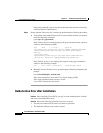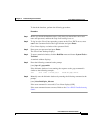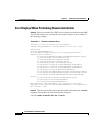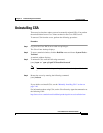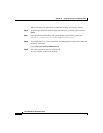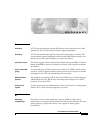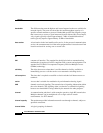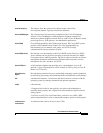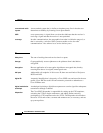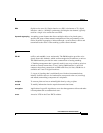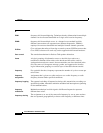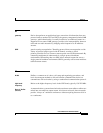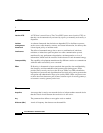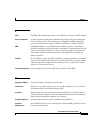
Glossary
GL-2
Cisco IPICS Server Installation Guide
OL-8155-01
bandwidth
The difference between the highest and lowest frequencies that are available for
network signals. The term also describes the rated throughput capacity of a
specific network medium or protocol. Bandwidth specifies the frequency range
that is necessary to convey a signal measured in units of hertz (Hz). For example,
voice signals typically require approximately 7 kHz of bandwidth and data
traffic typically requires approximately 50 kHz of bandwidth.
base station
A land station in the land mobile radio service. In the personal communication
service, the common name for all the radio equipment that is located at one fixed
location and used for serving one or several calls.
C
CAI
common air interface. The standard for the digital wireless communications
medium that is employed for P25-compliant radio systems and equipment. The
standard for P25 Phase I incorporates Frequency Division Multiple Access
(FDMA) technology.
call delay
The delay that occurs when there is no idle channel or facility available to
immediately process a call that arrives at an automatic switching device.
call setup time
The time that is required to establish a circuit-switched call between users or
terminals.
carrier
A wave that is suitable for modulation by an information-bearing signal.
CAS
channel associated signaling. The transmission of signaling information within
the voice channel. CAS signaling often is referred to as robbed-bit signaling
because user bandwidth is being robbed by the network for other purposes.
channel
A communication path that is wide enough to permit a single RF transmission.
Multiple channels can be multiplexed over a single cable in certain
environments. See PTT channel.
channel capacity
The maximum possible information transfer rate through a channel, subject to
specified constraints.
channel folder
A logical grouping of channels



